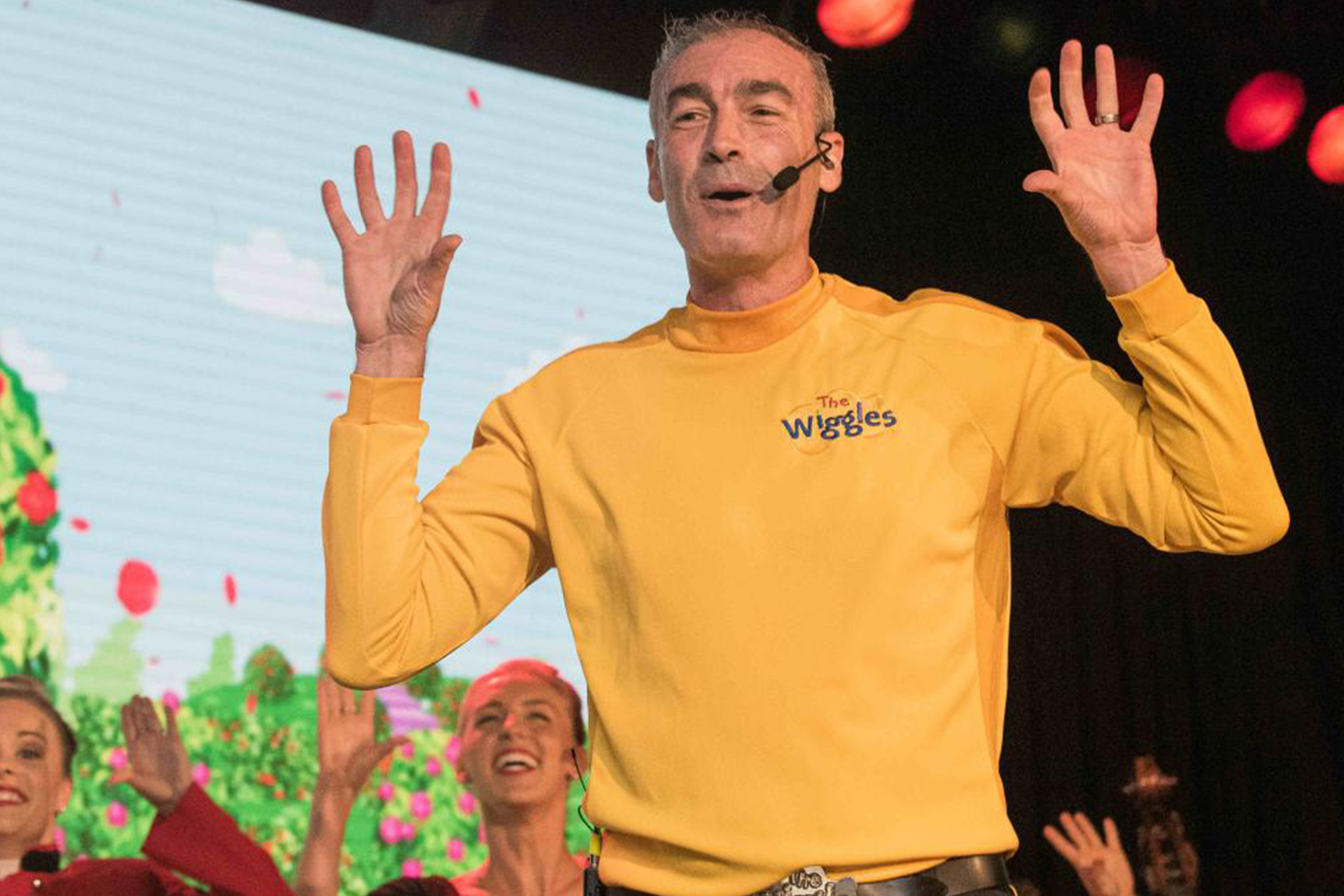Having recently experienced a heart attack on stage while performing for bush fire relief, Greg Page has thanked the community and vowed to learn CPR and complete First Aid Training, which ultimately saved his life. Due to the quick thinking of a nurse attending the show, in addition to the Castle Hill RSL having an Alsco Automated External Defibrillator, he was brought back to life and is now comfortably recovering at home.
So how likely is someone to have a heart attack?
According to the World Health Organisation, Cardiovascular Diseases (CVDs) are the number 1 cause of death around the world. Although these include coronary heart disease and cerebrovascular disease, 85% of all CVD deaths are due to heart attacks and strokes. In Australia, heart attacks claimed 7,813 lives in 2017 which is about 21 deaths each day.
Many cases occur while individuals are not at home, and statistically, the chance of someone having a cardiac arrest at work is high.
Timing is Critical
- Due to the severity of a heart attack, response time is crucial to prevent fatality
- Sudden cardiac arrest victims have less than 10 minutes to receive defibrillation and CPR treatment before these will prove ineffective.
- Ambulance response times in Australia, however, have been cited as greater than 10 minutes, well beyond this in busy metropolitan areas.
Having the correct knowledge and equipment readily available, can save lives.
What is an Automated External Defibrillator?
Essentially, it is a portable electronic machine that can automatically diagnose irregular heartbeats and treat it through electrical therapy, much like giving the heart a jump start. It’s much more effective than CPR, which just sustains life before a defibrillator can be found.
Using a Defibrillator
But that’s not to say that training is not necessary. Knowing immediately how to operate an automated external defibrillator greatly increases the chances of saving a life.
Research has shown that for every minute that a person in cardiac arrest is not treated, the chance of survival falls by 7%, and after 3 minutes, it falls further to 10%. So, speed is of the essence.
Although the method seems straightforward, there are some important basic facts to bear in mind.
- Clear the Way – defibrillators can’t work through clothing; electrodes must touch the skin.
- Dry the Area – the conductive gel on the underside of the electrodes is effective on dry skin
- Machine Power Up – an AED needs a little time to power up, so basic CPR is necessary while waiting
- Electrode Position – electrodes must be placed high on the left and low on the right of the heart – think 10:20 on a watch face.
- Apply Pressure – operators need to apply pressure on the electrode (11kgs); touching the skin is not enough
Of course, a certified training course will provide far more detailed instructions on how to operate an Automatic External Defibrillator than the list above, so be sure to sign yourself or selected staff up to participate in one.
First Aid Training
Everyone should know basic first aid, regardless of age or occupation. Accidents can happen anywhere, at any time. As with the situation with Greg Page, the need to administer CPR correctly and quickly was crucial. Luckily, the Wiggles’ crew were quick to administer CPR while the off-duty nurse firstly located and then administered the defibrillator.
Alsco provides various training, including first aid for workplaces. We tailor our courses to your business. Whether you require general first aid or defibrillator operation, we can get you sorted.

